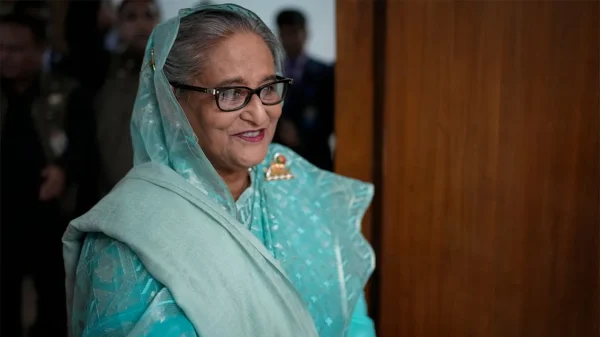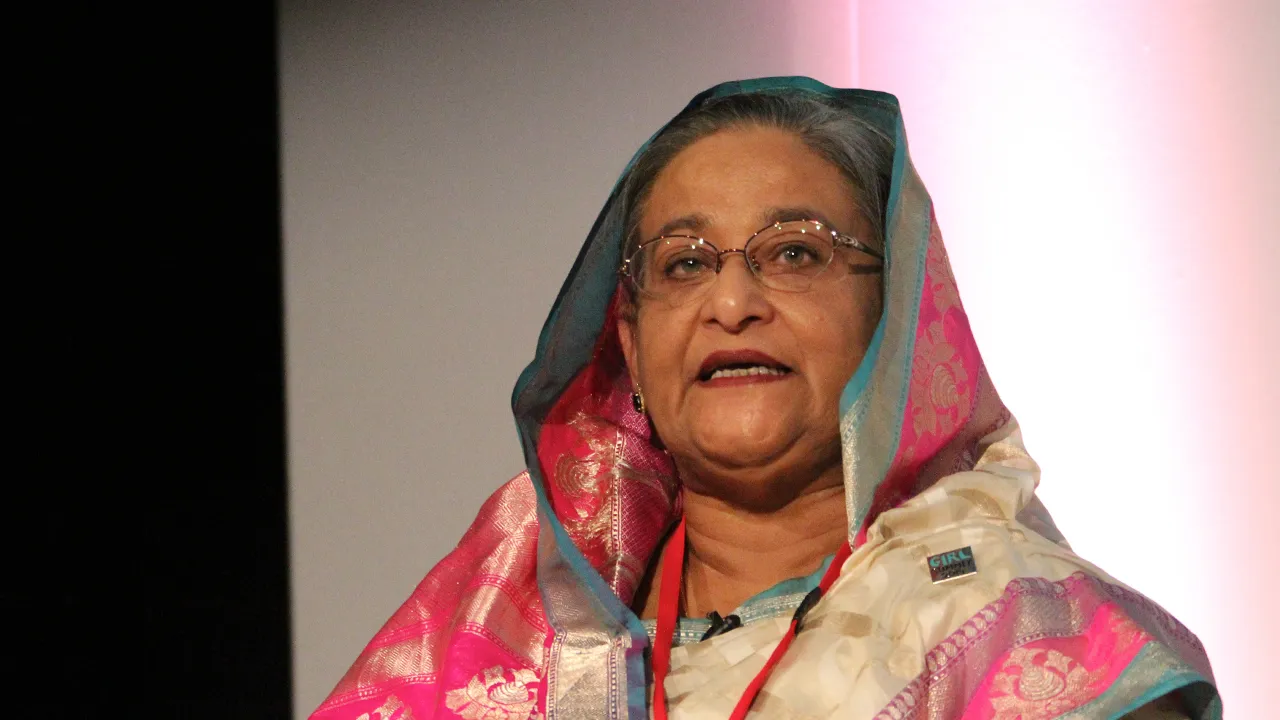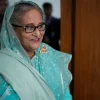New Delhi confirmed on Tuesday that Bangladesh’s former Prime Minister Sheikh Hasina is in India. She arrived in the country after requesting approval to come “for the moment.” The confirmation was provided by Foreign Minister S. Jaishankar during a briefing in the Indian parliament.
Sheikh Hasina’s Arrival in India
Jaishankar informed the parliament that India had “received a request for flight clearance from the Bangladesh authorities,” and Hasina landed in Delhi on Monday evening. This move came after weeks of escalating violent protests in Bangladesh concerning quotas in government jobs.
Earlier in the day, Jaishankar chaired an all-party meeting in parliament to discuss the situation in Bangladesh. He emphasized that India wants to give the 76-year-old former Prime Minister time to decide her “future course of action.”
Political Turmoil in Bangladesh
The unrest in Bangladesh reached a tipping point on Monday when Sheikh Hasina fled the country. The protests had grown increasingly violent, putting immense pressure on the government. In an address to the nation, Bangladesh’s military chief, General Waker-uz-Zaman, announced that Hasina had resigned from her position as Prime Minister and that a transitional government would be formed to manage the country’s affairs during this turbulent period.
India’s Response and Support
Jaishankar reassured the parliament that the Indian government is in close and continuous contact with the Indian community in Bangladesh through its diplomatic missions. “There are an estimated 19,000 Indian nationals there, of which about 9,000 are students,” he said, highlighting the significance of the Indian presence in Bangladesh.
The Foreign Minister expressed hope that the Bangladeshi authorities would provide the necessary security to India’s diplomatic missions in the country. “We expect that the host government will provide the required security protection to our diplomatic missions in Bangladesh,” he added.
Political Uncertainty and Leadership Proposals
In a move that further complicates the political landscape in Bangladesh, the country’s president has dissolved the parliament. Amidst this upheaval, student leaders at the forefront of the protest movement have proposed Nobel laureate Mohammad Yunus to head an interim government. This proposal indicates the students’ desire for a credible and respected figure to lead the country through this crisis.
Sheikh Hasina’s Silence
Despite the dramatic turn of events, Sheikh Hasina, who had been in power for 15 years, has not yet made any public statements regarding her sudden departure from Bangladesh or the ongoing situation. Her silence leaves many questions unanswered and adds to the uncertainty surrounding the future political direction of the country.
Media Reports and Current Status
Local media sources reported that the aircraft which transported Sheikh Hasina to India has already left. This detail underscores the urgency and secrecy that surrounded her departure.
As the situation continues to unfold, the international community watches closely. The political stability of Bangladesh is crucial not only for its own citizens but also for regional stability in South Asia.
India’s role and response in this scenario are critical, given the historical and strategic ties between the two nations. The coming days will likely reveal more about the future course of Bangladesh’s political landscape and Sheikh Hasina’s role in it.





















































